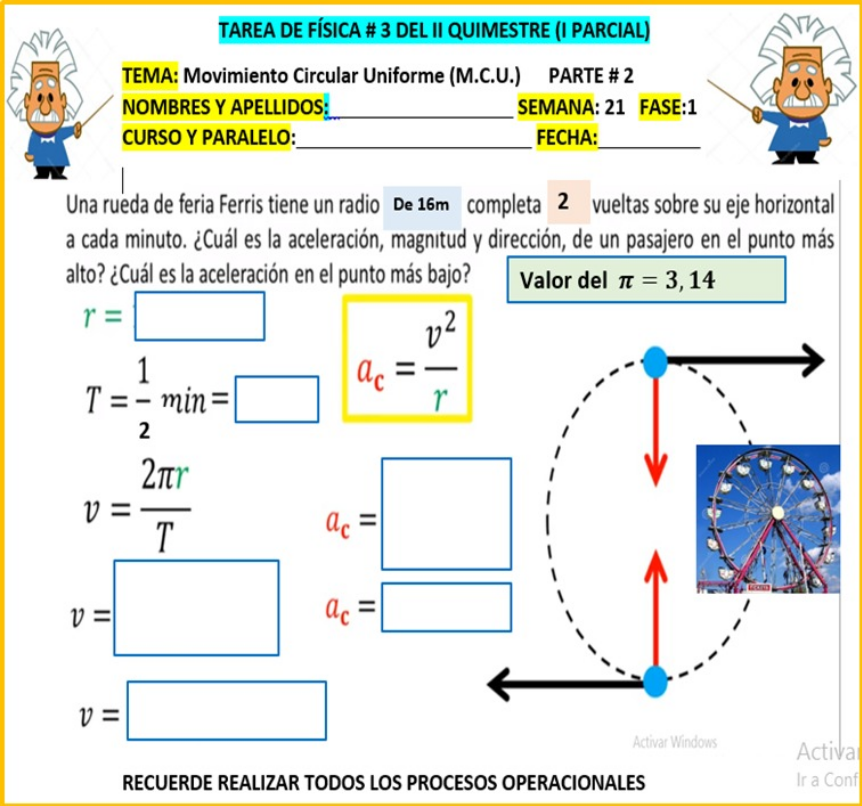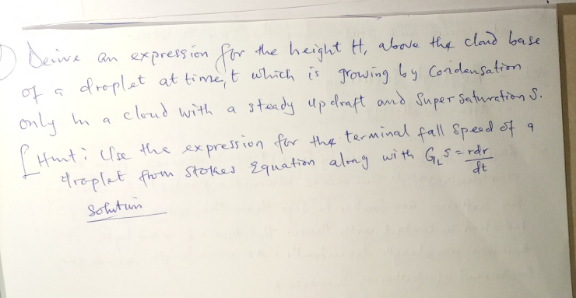
Moderm PhysicsQuestion and Answers: Page 1
Question Number 220454 Answers: 0 Comments: 0
Question Number 217589 Answers: 1 Comments: 0

Question Number 217588 Answers: 0 Comments: 0

Question Number 201502 Answers: 0 Comments: 3
Question Number 192257 Answers: 0 Comments: 3
Question Number 192248 Answers: 0 Comments: 1

Question Number 189932 Answers: 0 Comments: 0

Question Number 181253 Answers: 0 Comments: 5
$${define}\:{microscopic}\:{and}\:{macroscopic} \\ $$$${with}\:{one}\:{one}\:{example}. \\ $$
Question Number 169972 Answers: 0 Comments: 0

Question Number 168164 Answers: 0 Comments: 1
Question Number 163988 Answers: 0 Comments: 1
Question Number 163858 Answers: 0 Comments: 2
Question Number 158878 Answers: 0 Comments: 0

Question Number 158694 Answers: 1 Comments: 0
Question Number 156968 Answers: 0 Comments: 0

Question Number 156660 Answers: 0 Comments: 0

Question Number 154554 Answers: 2 Comments: 1

Question Number 152652 Answers: 0 Comments: 1

Question Number 141700 Answers: 0 Comments: 2

Question Number 140938 Answers: 0 Comments: 0

Question Number 139002 Answers: 0 Comments: 2

Question Number 137429 Answers: 0 Comments: 4
Question Number 130180 Answers: 0 Comments: 0

Question Number 121092 Answers: 0 Comments: 0

Question Number 121082 Answers: 0 Comments: 0

Question Number 120132 Answers: 0 Comments: 0
